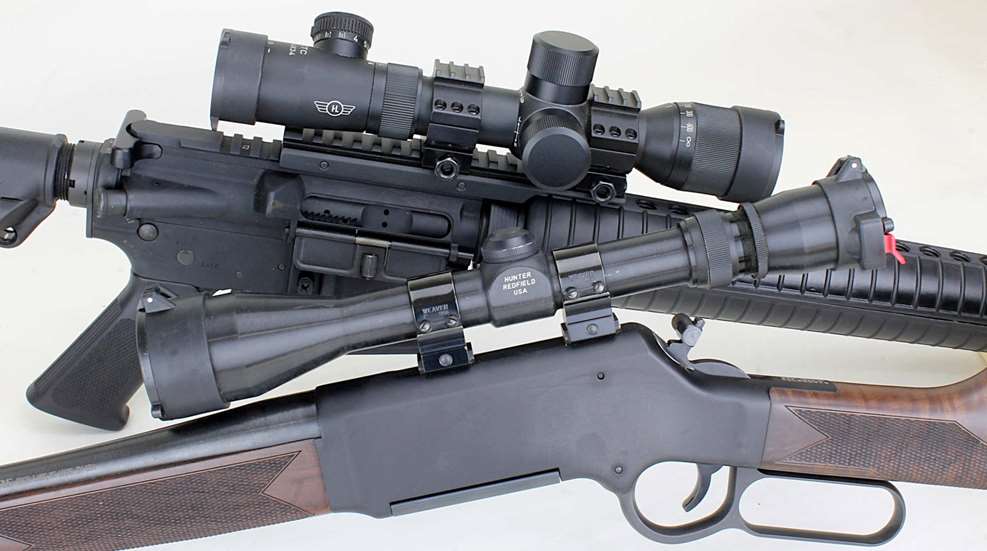
While Weaver and Picatinny scope mounting systems work on the same basic principle, they are not entirely interchangeable. Sometimes mixing the two works adequately, if not perfectly, and sometimes it doesn’t. Here are points to consider before mounting your scope.
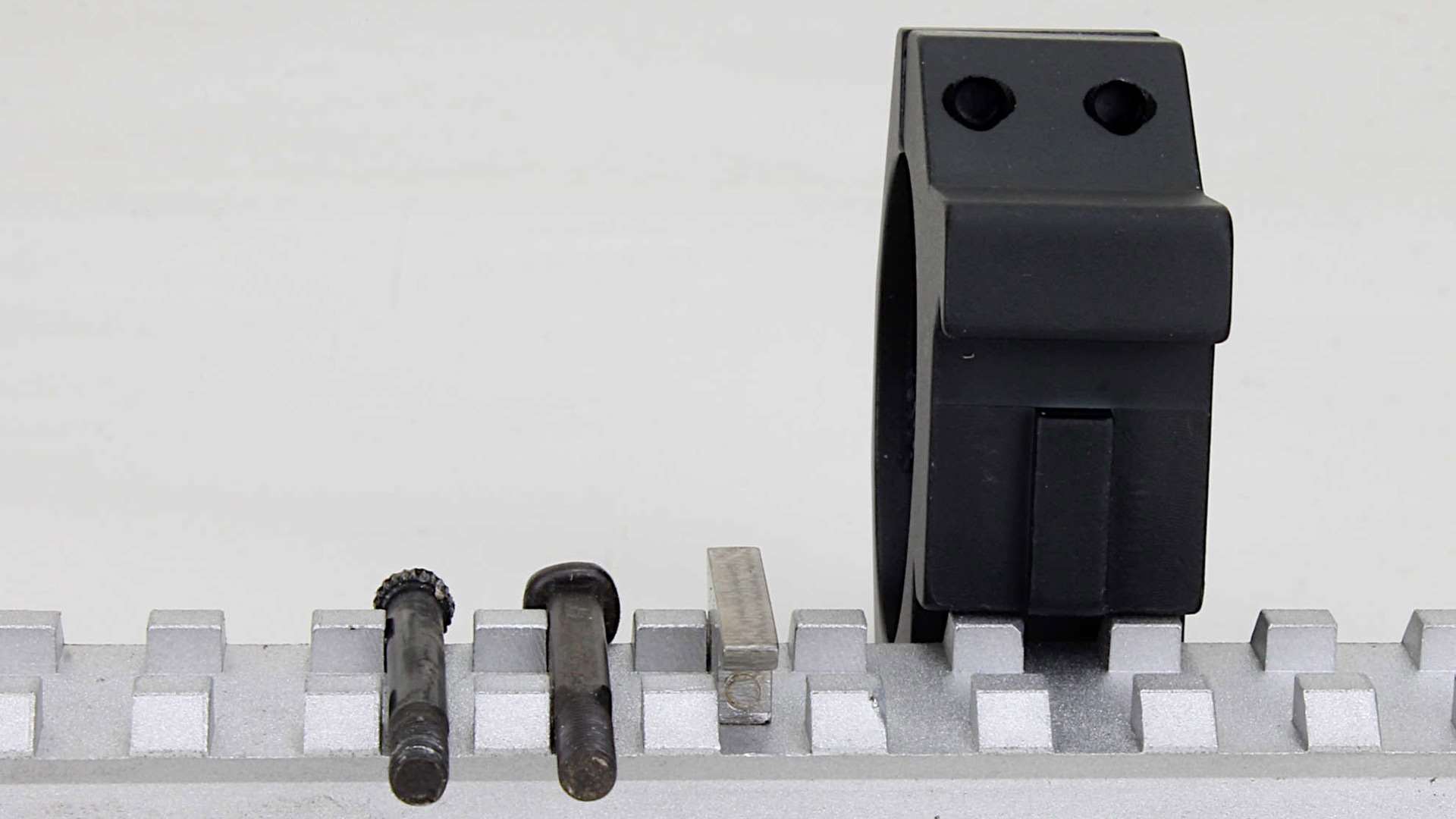
Methods for attaching telescopic sights to rifles has been in evolution since the 1700s, and today Weaver and Picatinny scope mounting systems are likely the two most popular in the world. The Weaver company developed its system in the mid-1900s. The simplicity and comparatively low cost of the Weaver system ensured it would quickly become ubiquitous among hunters, and it remains so. Development of the Picatinny rail mounting system began with the A.R.M.S. company in the 1980s; the U.S. Army’s Picatinny Arsenal picked up on it, and in 1995 it officially became the MIL-STD-1913 Accessory Mounting Rail. However, shooters universally know it as the Picatinny.
Both Weaver style and Picatinny systems utilize a bar-and-slot configuration where a locking bar in the bottom of the scope ring mates with a corresponding transverse slot in the base. A screw or screws at the bottom of the ring apply a sideways pressure to clamp the ring in place, while the locking bar adds insurance against any back-and-forth movement of the ring and scope under recoil or rough handling.
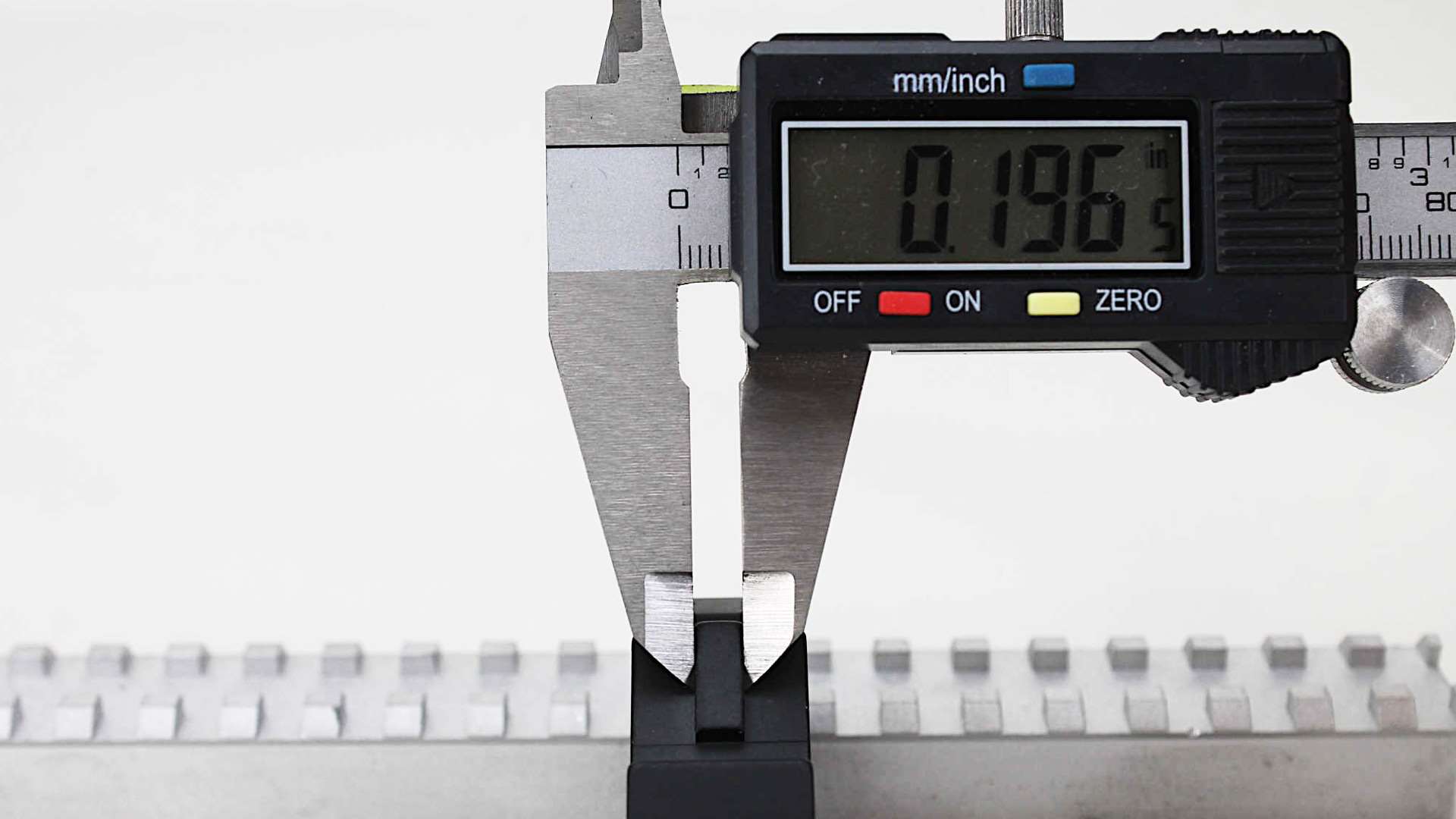
Weaver style
That locking bar on the bottom of the commercial Weaver-style ring may be square or it may be round, depending on the manufacturer (Weaver is no longer the only maker, hence, “Weaver style” here), and the same goes for the corresponding slot in the Weaver-style base. For this reason, it’s important to pair manufacturer-specific Weaver-type rings to that manufacturer’s specific Weaver-type bases when you purchase them. It’s a square-peg-in-a-round-hole matter: a largish square ring locking bar, for example, is not going to fit well or provide optimal support in a smallish rounded-base slot. Weaver-style locking bars, while they do vary in width and shape, are ostensibly 0.149-inch wide (3.8 mm) to fit 0.180-inch (4.57 mm) slots. If a Weaver base has multiple slots, they are not a uniform distance apart because Weaver bases are made to fit specific rifles or may feature extended length (“extended bases”) to accommodate different length scopes. Weaver-style rings and bases remain popular because they are relatively inexpensive and they work perfectly well when properly mated.
Picatinny advantages
Two advantages of the Picatinny rail system are uniformity and robustness. With a MIL-STD 1913 Picatinny rail, there is no guessing—true Picatinny rails are exactly 0.835 + 0.005 inch wide, slots (“recoil grooves”) are exactly 0.206 + 0.008-inch wide, exactly 0.118 + 0.008 inch deep and slot centers spaced exactly 0.394-inch apart (or 21.21 mm, 5.23 mm, 3.00 mm and 10.01 mm, respectively). Picatinny ring locking bars are 0.196 inch (5 mm wide), so they fit the Picatinny slots as perfectly as possible with that +0.008-inch tolerance. The sides of the Picatinny rail have two 45-degree slopes, and all properly made Picatinny rail rings will have corresponding 45-degree angles to establish full surface contact with the rail. All of the foregoing applies to MIL-STD 1913 Picatinny rails. (Note that Picatinny rails and rings of commercial manufacture may or may not adhere to this milspec standard.)
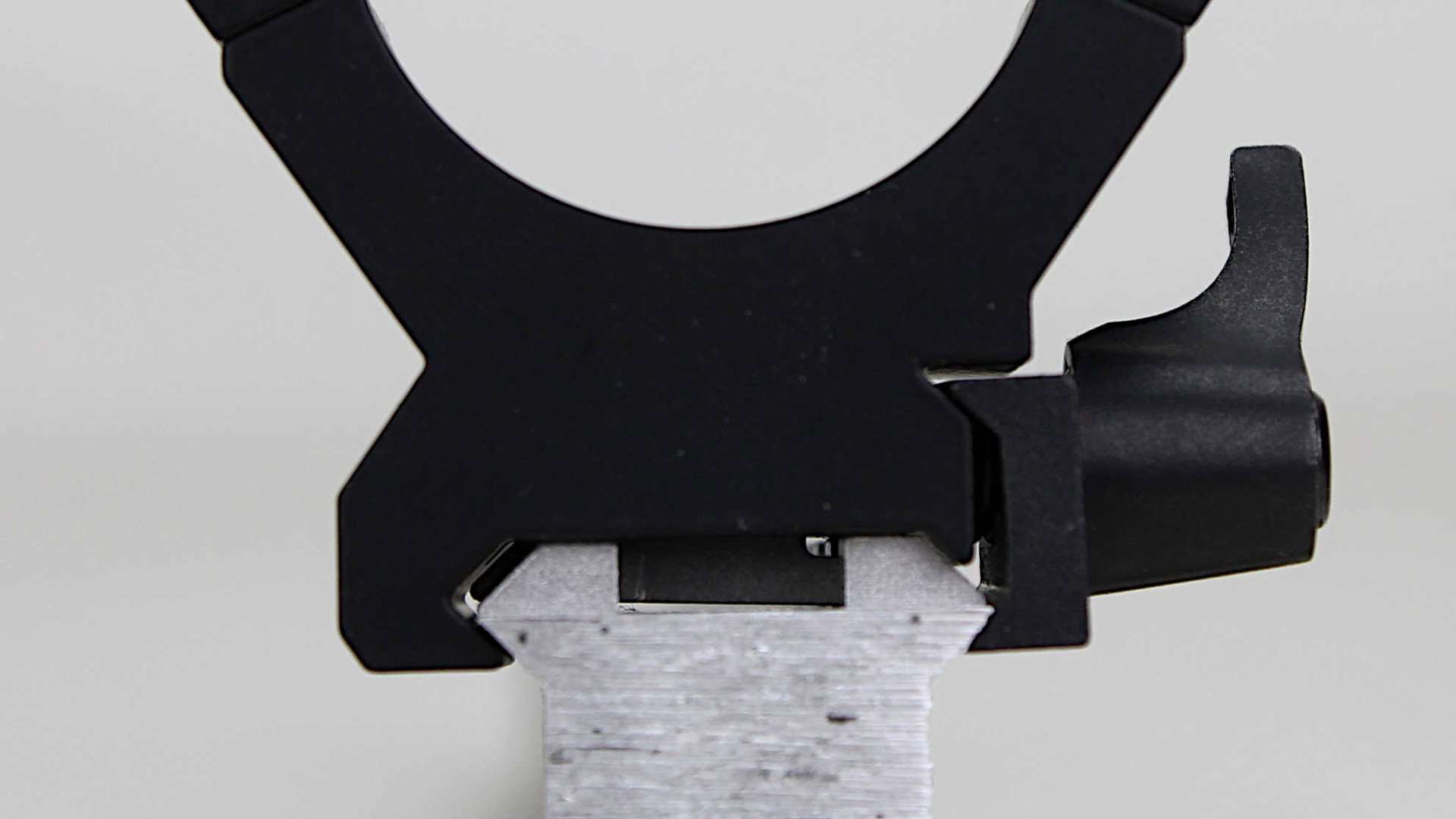
Picatinnys have completely replaced other scope mounting systems among high-power and long-range rifle shooters, with the exception of Vintage Military Sniper Rifle games, where Redfield/Leupold and Weaver-style mounts still dominate. Shooters of .22 LR rifles also like the sturdiness of the Picatinny system, and many .22s in tactical-style games go well with the Picatinny. The Picatinny rail system has been a boon to commercial makers of rifle accessories, because its uniformity simplifies manufacture of one-size-fits-all products for widest market appeal.
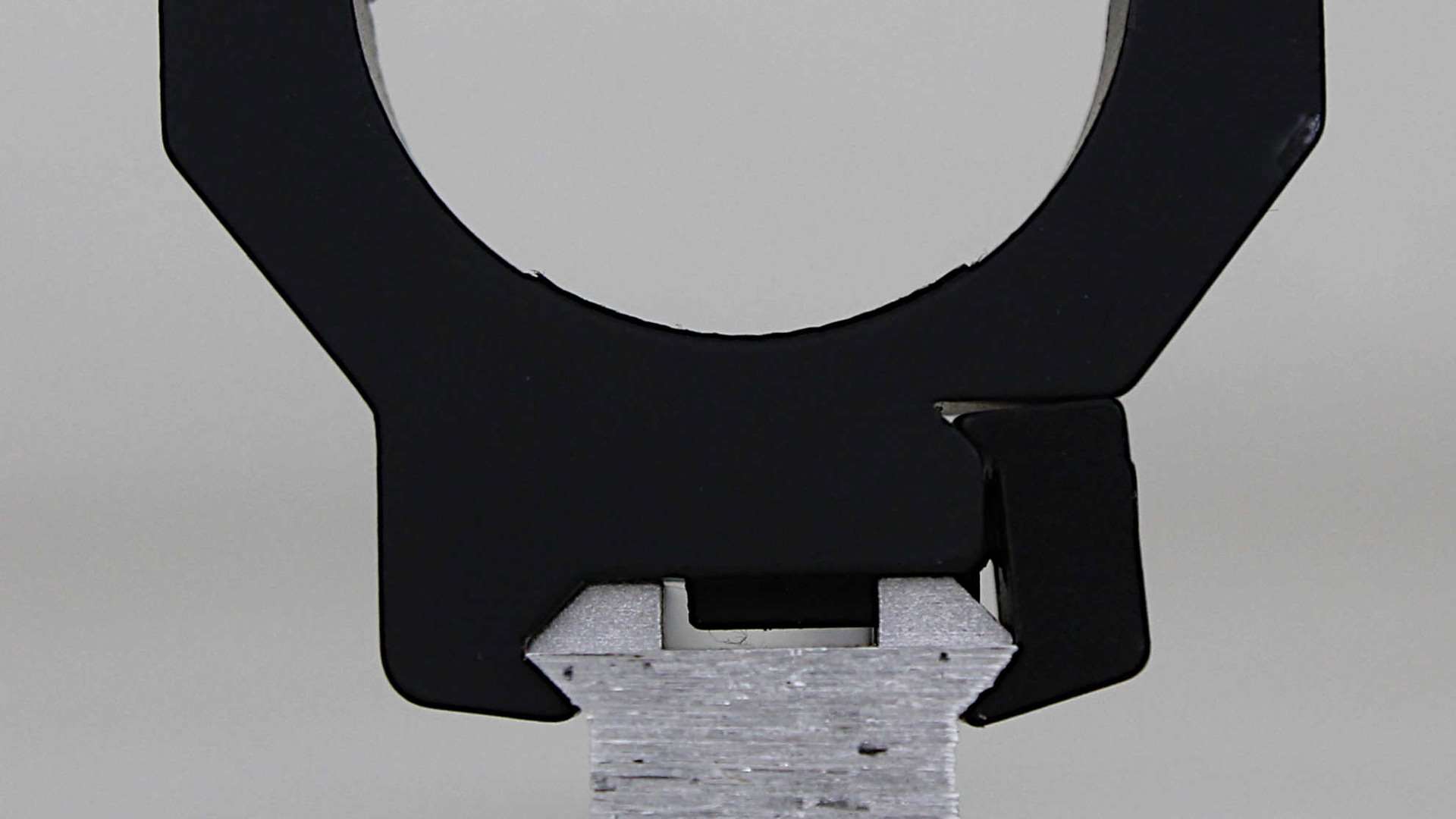
An admittedly subjective downside to the Picatinny is its lack of aesthetic. Picatinny rails are beefy and industrial-looking, and they streamline the appearance of a rifle action like a cinder block hood ornament streamlines a car. Weaver-style bases, by contrast, are low, slim and can be so unobtrusive as to be nearly invisible. While Picatinny bases routinely appear on flat-top AR-style and long-range hunting rifles, many hunters still prefer the Weaver-style rings and bases.
While there are rings and accessories marketed to fit both Weaver and Picatinny systems, those with locking bars designed to properly fit Picatinny rails will not mount to a Weaver-style base. And while the Weaver locking bar system will physically fit on a Picatinny rail, Weaver-style ring locking bars typically will not fill the rail slots to fit snugly and provide full support, which defeats the basic purpose of the Picatinny rail.
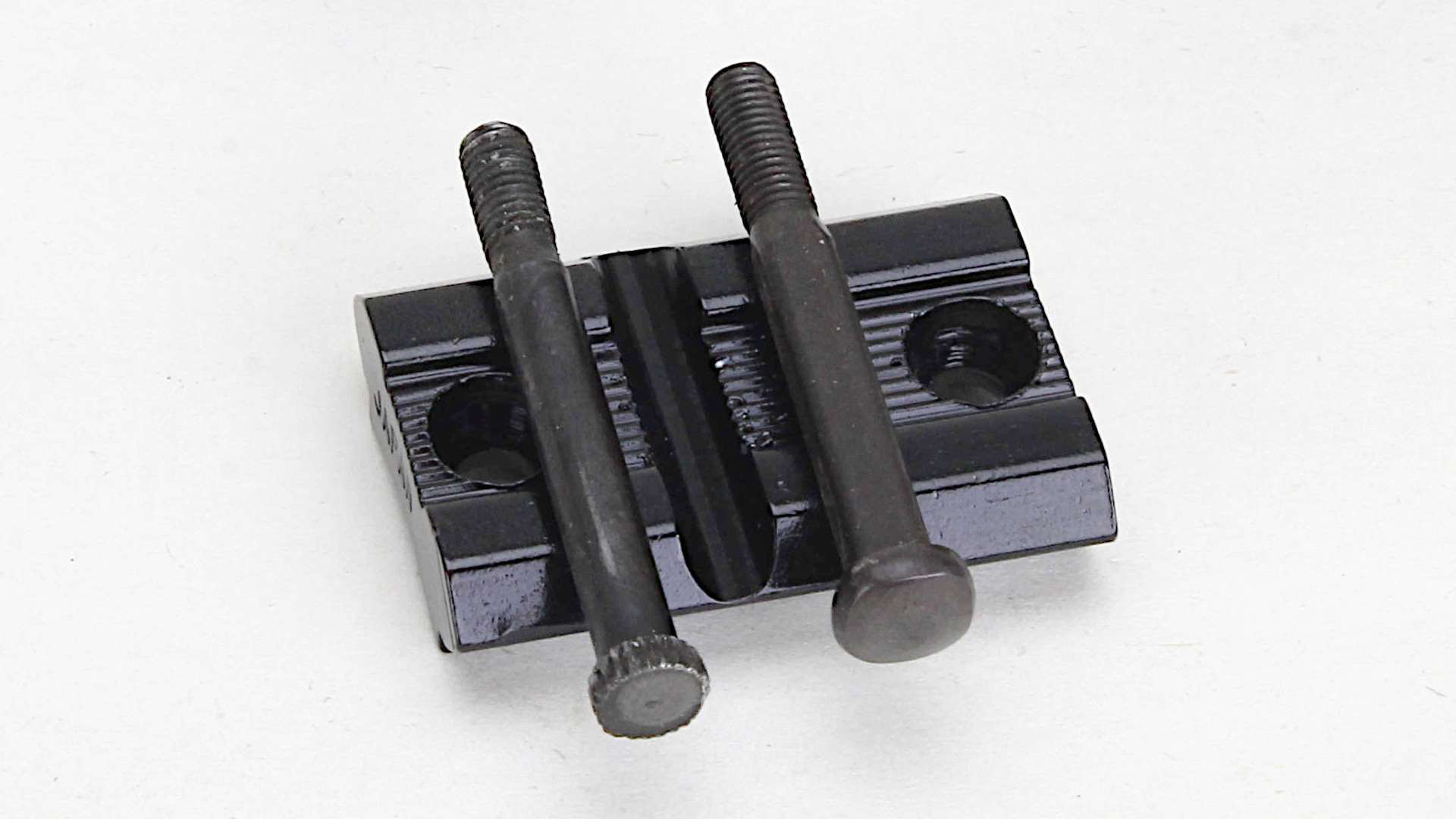
It seems counterintuitive, but if you think about it, you’ll realize that when a rifle recoils backward, the scope essentially (though not literally) recoils forward. If you elect to mismatch Weaver-style rings and bases or to mount Weaver-style rings to a Picatinny rail—round peg in a square hole—it’s best to ensure the locking bars on the ring bottoms contact the forward edge of the Picatinny rail slots before tightening. If you don’t, then under recoil the sideways pressure of the ring-to-base clamping screws are all that (hopefully) hold the scope immobile. With light recoiling rifles it isn’t much of an issue; this is why rimfire hunting and plinking rifles often feature grooved receivers for tip-off scope mounting—the transverse clamping pressure of the tip-off ring screws is adequate to keep the scope immobile. For centerfires, however, both Picatinny- and Weaver-style mounting systems are superior, and either will do the job when utilized properly.
Read more: Taking The Mystery Out Of Astigmatism

































